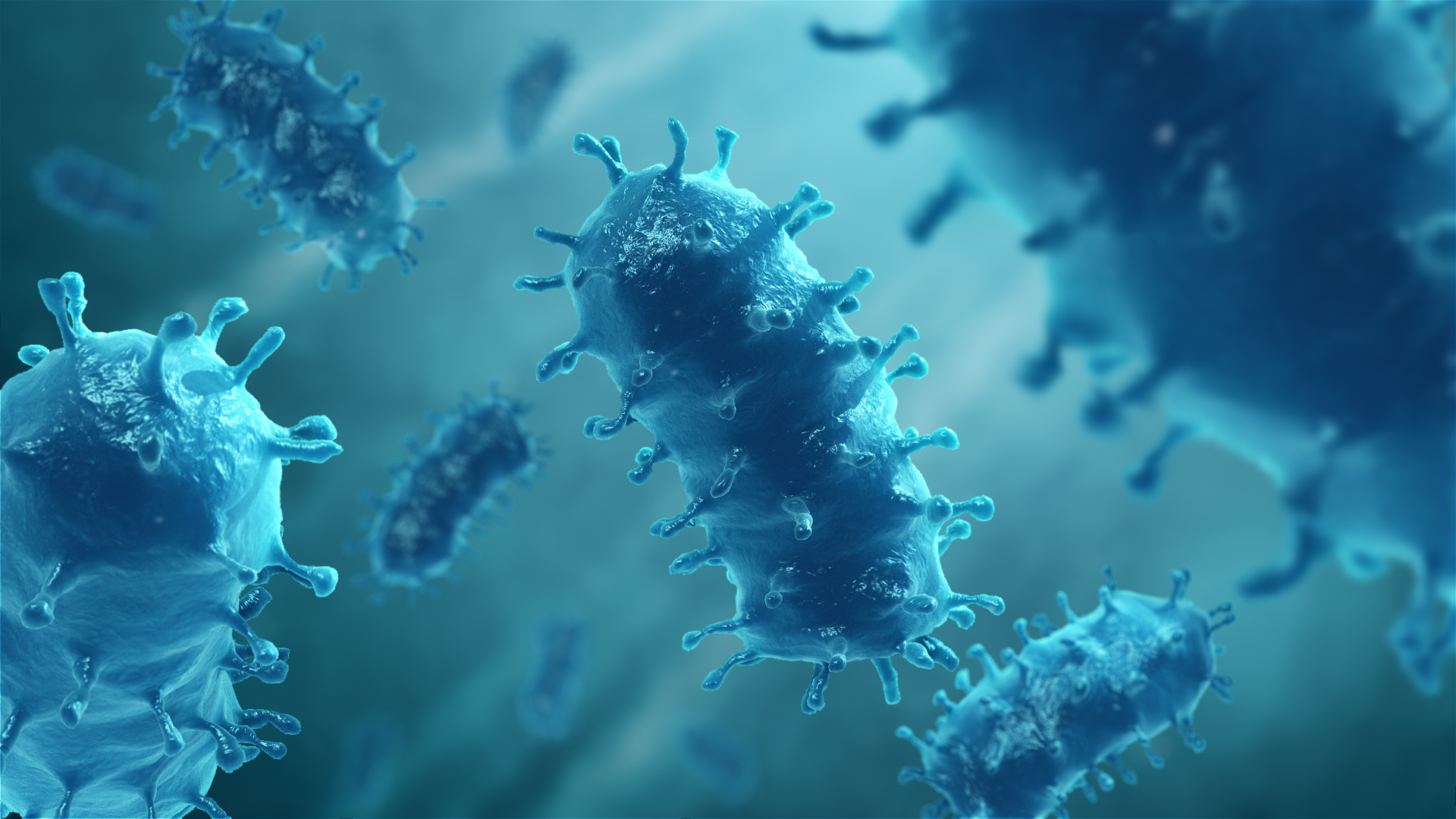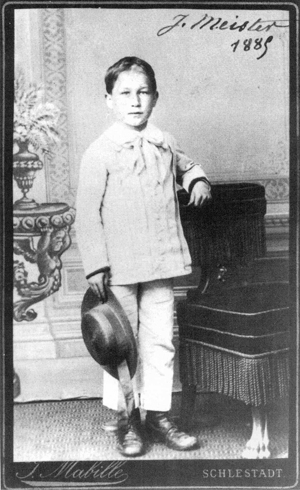|
Rabies Vaccine
The rabies vaccine is a vaccine used to prevent rabies. There are a number of rabies vaccines available that are both safe and effective. They can be used to prevent rabies before, and, for a period of time, after exposure to the rabies virus, which is commonly caused by a dog bite or a bat bite. Doses are usually given by injection into the skin or muscle. After exposure, the vaccination is typically used along with rabies immunoglobulin. It is recommended that those who are at high risk of exposure be vaccinated before potential exposure. Rabies vaccines are effective in humans and other animals, and vaccinating dogs is very effective in preventing the spread of rabies to humans. A long-lasting immunity to the virus develops after a full course of treatment. Rabies vaccines may be used safely by all age groups. About 35 to 45 percent of people develop a brief period of redness and pain at the injection site, and 5 to 15 percent of people may experience fever, headaches, or n ... [...More Info...] [...Related Items...] OR: [Wikipedia] [Google] [Baidu] |
Rabies
Rabies is a viral disease that causes encephalitis in humans and other mammals. Early symptoms can include fever and tingling at the site of exposure. These symptoms are followed by one or more of the following symptoms: nausea, vomiting, violent movements, uncontrolled excitement, fear of water, an inability to move parts of the body, confusion, and loss of consciousness. Once symptoms appear, the result is virtually always death, regardless of treatment. The time period between contracting the disease and the start of symptoms is usually one to three months but can vary from less than one week to more than one year. The time depends on the distance the virus must travel along peripheral nerves to reach the central nervous system. Rabies is caused by lyssaviruses, including the rabies virus and Australian bat lyssavirus. It is spread when an infected animal bites or scratches a human or other animals. Saliva from an infected animal can also transmit rabies if the saliva ... [...More Info...] [...Related Items...] OR: [Wikipedia] [Google] [Baidu] |
Leonard Hayflick
Leonard Hayflick (born 20 May 1928) is a Professor of Anatomy at the UCSF School of Medicine, and was Professor of Medical Microbiology at Stanford University School of Medicine. He is a past president of the Gerontological Society of America and was a founding member of the council of the National Institute on Aging (NIA). The recipient of a number of research prizes and awards, including the 1991 Sandoz Prize for Gerontological Research, he has studied the aging process for more than fifty years. He is known for discovering that normal human cells divide for a limited number of times ''in vitro'' (refuting the contention by Alexis Carrel that normal body cells are immortal). This is known as the Hayflick limit. His discoveries overturned a 60-year old dogma that all cultured cells are immortal. Hayflick demonstrated that normal cells have a memory and can remember at what doubling level they have reached. He demonstrated that his normal human cell strains were free from contam ... [...More Info...] [...Related Items...] OR: [Wikipedia] [Google] [Baidu] |
Attenuated Vaccine
An attenuated vaccine (or a live attenuated vaccine, LAV) is a vaccine created by reducing the virulence of a pathogen, but still keeping it viable (or "live"). Attenuation takes an infectious agent and alters it so that it becomes harmless or less virulent. These vaccines contrast to those produced by "killing" the virus ( inactivated vaccine). Attenuated vaccines stimulate a strong and effective immune response that is long-lasting. In comparison to inactivated vaccines, attenuated vaccines produce a stronger and more durable immune response with a quick immunity onset. Attenuated vaccines function by encouraging the body to create antibodies and memory immune cells in response to the specific pathogen which the vaccine protects against. Common examples of live attenuated vaccines are measles, mumps, rubella, yellow fever, and some influenza vaccines. Development Attenuated viruses Viruses may be attenuated using the principles of evolution via serial passage of the vir ... [...More Info...] [...Related Items...] OR: [Wikipedia] [Google] [Baidu] |
Subcutaneous Injection
Subcutaneous administration is the insertion of medications beneath the skin either by injection or infusion. A subcutaneous injection is administered as a bolus into the subcutis, the layer of skin directly below the dermis and epidermis, collectively referred to as the cutis. The instruments are usually a hypodermic needle and a syringe. Subcutaneous injections are highly effective in administering medications such as insulin, morphine, diacetylmorphine and goserelin. Subcutaneous administration may be abbreviated as SC, SQ, subcu, sub-Q, SubQ, or subcut. Subcut is the preferred abbreviation to reduce the risk of misunderstanding and potential errors. Subcutaneous tissue has few blood vessels and so drugs injected here are for slow, sustained rates of absorption, often with some amount of depot effect. Compared with other routes of administration, it is slower than intramuscular injections but still faster than intradermal injections. Subcutaneous infusion (as opp ... [...More Info...] [...Related Items...] OR: [Wikipedia] [Google] [Baidu] |
Joseph Meister
Joseph Meister (21 February 1876 – 24 June 1940) was the first person to be inoculated against rabies by Louis Pasteur, and likely the first person to be successfully treated for the infection. History In 1885, nine-year-old Meister was badly bitten by a supposedly rabid dog. After consulting with Alfred Vulpian and Jacques-Joseph Grancher and obtaining their assistance, Louis Pasteur agreed to inoculate the boy with spinal tissue from rabid rabbits, which he had successfully used to prevent rabies in dogs. The treatment was successful and the boy did not develop rabies. For Pasteur, this was technically illegal as Practicing without a license as the French chemist was not a licensed physician, but he proceeded on the advice of licensed colleagues who agreed that the youth needed the treatment and Pasteur was the only professional available to apply it.Murphy, Timothy F. (2004) ''Case Studies Biomedical Research Ethics.'' MIT Press, Fortunately, the celebrated success of ... [...More Info...] [...Related Items...] OR: [Wikipedia] [Google] [Baidu] |
Émile Roux Pierre Paul Émile Roux FRS (17 December 18533 November 1933) was a French physician, bacteriologist and immunologist. Roux was one of the closest collaborators of Louis Pasteur (1822–1895), a co-founder of the Pasteur Institute, and responsible for the institute's production of the anti-diphtheria serum, the first effective therapy for this disease. Additionally, he investigated cholera, chicken-cholera, rabies, and tuberculosis. Roux is regarded as a founder of the field of immunology. Early years Roux was born in Confolens, Charente. It i |



